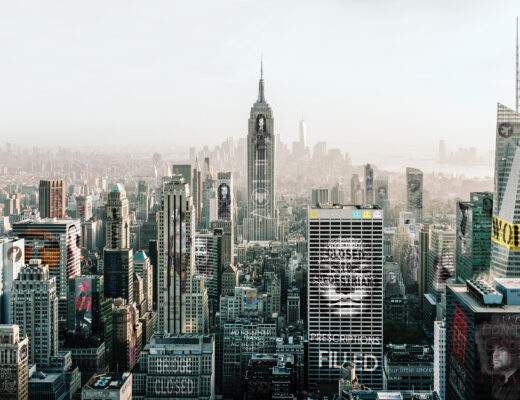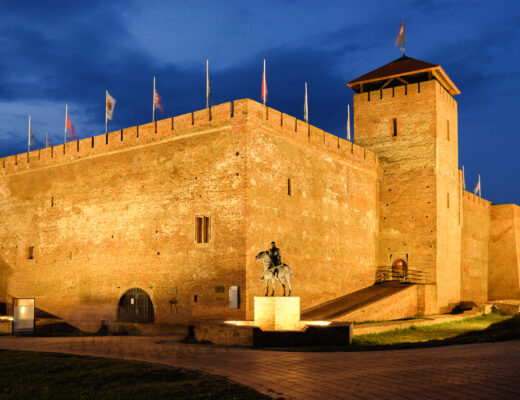It has been said that a country’s history is formed through its ‘protests’, and through the constant reaction to change, further change happens.
One doesn’t have to go far to experience a ‘protest’ in some form.
In all countries, we find the ‘protest’ movements -peaceful or otherwise, which occur as a response to particular events, policies or situations. As photographers, it is an opportunity to record these ‘historical’ moments and the challenge is not only to get some interesting shots, but also find the best way in which to capture the protest as a meaningful body of work.
Sounds difficult? Not really.
While the skills of street photography are applied, in that you must anticipate and work quickly, there are opportunities in a documentary photography style, to tell a broader more considered story too, usually in sequence with a beginning, middle and end – although often this can be open-ended. Wide angle establishing shots, people, emotion, detail shots…
Recently, I had an opportunity to spend a few hours on the site of Ihumatao – where there was an ongoing land occupation protest by a group of indigenous people. This particular area, Ihumatao, is believed to be one of the first places where the indigenous people in Tamaki Makarau (Auckland) settled, long before European arrival. The protest and land occupation group known as SOUL (Save Our Unique Landscape), are challenging the construction of 480 houses, proposed to be built by developers, on what they consider to be confiscated land, a site of historical and cultural significance for the tangata whenua (indigenous people) and iwi in this area. This confiscation was a consequence of NZ wars of 150 years ago, seen as a legacy of colonisation whereby the group now believe the land acquired by the Crown, had breached the 1840 Treaty of Waitangi, and should be returned.
As a protest, it demonstrates the significant political challenges and cultural shifts taking place in NZ society. Over the weeks, there had been a ground swell of support from people all over New Zealand and many had joined the occupier’s camp site to protest and demand action.
It was a wet, overcast day and with only a short time to take photos, I had to work quickly. With just the Fujifilm X-T2 and 35 f/1.4mm lens, it was possible to remain relatively unobtrusive and with less gear it was easier to move around. Already there had been wide media coverage and on this particular day, there were other photographers who were there to provide live up-to-date footage for a news audience.
I had the freedom to look for images from my personal perspective, without the necessity and pressure to provide a ‘news item’. Again, the absence of a lot of camera gear and ‘support crew’ means you are not obvious or seen as a threat.
The Ihumatao site was large and the occupation numbers had grown, so while it provided photo opportunities, decisions had to be made as to what was most important. Working with just the prime lens (35mm) it was necessary to get in close and there were times when a longer lens would have been useful. However, for me, relative invisibility was more important. At this stage, it was a peaceful protest, so that it was not difficult to wander freely and get some close-up shots. At the same time, it was necessary to observe the protocol and respect the participants, particularly in the main ‘discussion’ area and certain parts of the campsite. At no time did I encounter any objections and, while sometimes interacting, I preferred to photograph from the perspective of an observer.
As in street photography, you often don’t know what you have managed to capture, until you review the work afterwards. When there is more than one image, the decision is always what to include or exclude – do images complement each other and/or explain the situation in more depth. In most cases, each image should be strong enough to stand on its own. Regardless, there is always the satisfaction of knowing that you have been part of an historic moment and the images provide a permanent record of that. And where possible you can share these with others.
For me there was some prior preparation as time on site was limited.
- Research the issue(s) prior to the event and recent coverage.
- Study the area where it takes place and if possible decide where the vantage sites may be for you.
- Keep your gear to a minimum. With Fuji gear, it is possible to stay in the background. Very often, you will be completely ignored and certainly, without long lens and bags of gear, you will not be considered threatening. If possible, one camera, one lens.
- In the same way, dress to disappear.
- When photographing a large scene / event learn to scan the entire area as quickly as possible. Look for group clusters, main players, key sites or movements.
- Begin with establishing shots – usually as wide as possible to provide the context and then move in to take close-ups. Learn to work with the lens you have – 16mm would be a good choice as it is possible to get both wide views and reasonably close shots. Everyone has a preference and even an 18-55 lens would work well to quickly move from wide angle to close-up.
- Keep your distance or space. Make a decision if you want to interact with individuals where it adds to the story. Be mindful and respect those you photograph particularly where it is a situation which may be contentious. As always be aware of safety issues. Photograph from all angles – in front and behind subjects, above and below.
- Look for added details such as signs or placards. They are useful to add to the wider story, particularly when a photo is without words.
- Be alert to any dramatic scenes or action shots which will add to the emotive content.
- If possible, share your images with a wider audience. Post online, send to groups involved or contact interested groups/newspapers, even Museums. Photography can benefit and engage the wider community through its visual stories.


























